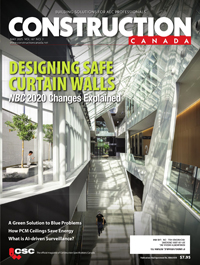Smart monitoring
Safeguarding renewable energy infrastructure
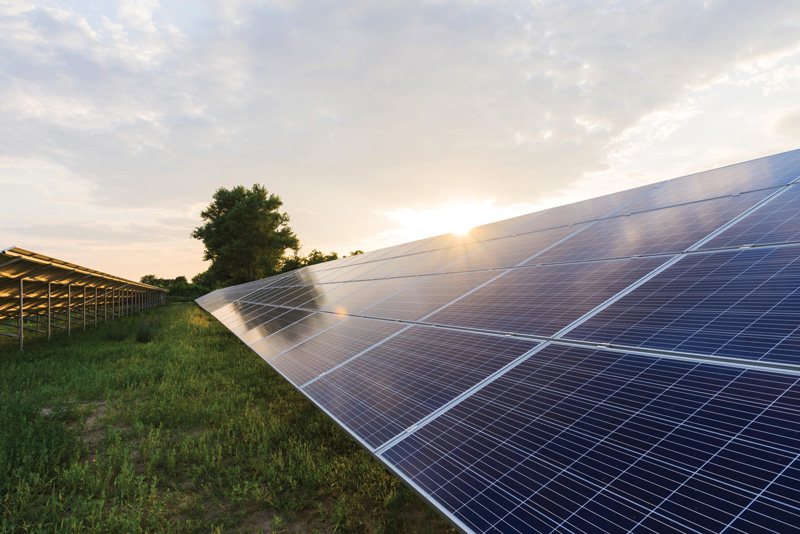
As cities prioritize sustainability and environmental responsibility, they reflect their citizens’ commitment to reducing their carbon footprint. Across Canada and around the globe, urban planners are increasingly incorporating renewable energy sources alongside green public spaces to support these goals. In this shift, it is equally important to ensure these power sources are seamlessly integrated into urban infrastructure and protected from both external threats and internal structural malfunctions. A secure and well-monitored energy network supports long-term sustainability and resilience and ensures a stable and reliable power flow. Here, surveillance emerges as an ally that city planners can integrate to ensure seamless and uninterrupted operations.
Among renewable energy options, solar power stands out as a top choice because of its versatility, scalability, and cost-effectiveness. Solar generators are space-efficient, requiring minimal infrastructure and can be deployed in underutilized areas such as landfills. They are also highly scalable, as solar power can be generated through compact rooftop setups to expansive community solar farms. Lastly, as the technology matures, development, installation, and maintenance costs continue to decline, making solar an attractive option for city planners looking to integrate sustainable energy solutions.
Solar farms are an essential component of urban renewable energy planning, but their success depends on more than just power generation. Security and surveillance play a vital role in maintaining their efficiency and ensuring they operate as part of a stable, protected energy grid.
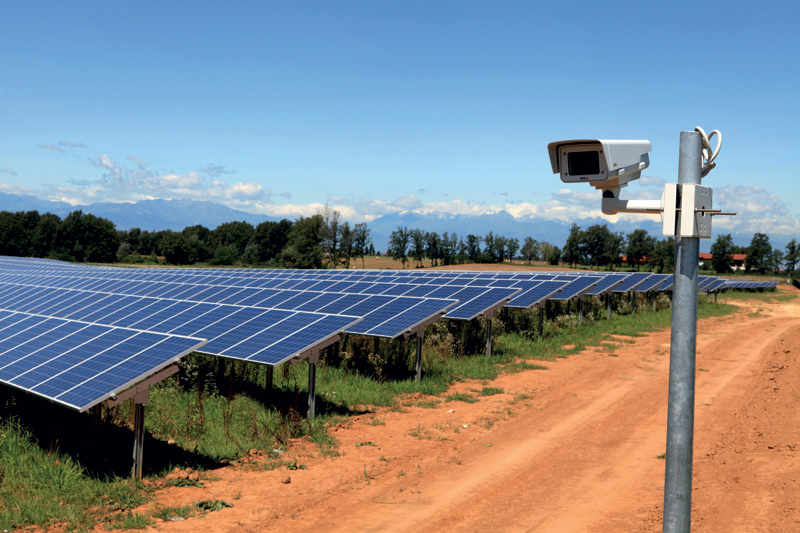
Securing solar farms as part of a resilient energy grid
While the unique characteristics of solar farms offer numerous benefits, they also present distinct security challenges. Though these installations are cost-effective to maintain once operational, their initial construction requires substantial investment. Solar farms are structurally efficient and can last upwards of 20 years, but external threats and breaches can hasten their decline and increase expenses. This makes it essential for city planners to implement robust security measures from the outset to protect these assets and minimize the risk of costly repairs and reconstruction.
Remote monitoring can serve as an invaluable ally in mitigating risks. By using this technology, operators can significantly reduce the need for time-consuming on-site checks, primarily since solar farms are often located in far-flung areas. With remote monitoring, operators can effectively oversee the perimeter of solar farms using panoramic cameras, focus on sensitive equipment or areas using bullet or box cameras, and use pan-tilt-zoom (PTZ) cameras in places where movement is anticipated. This allows for greater flexibility and control in surveillance.
In urban areas, the threat of intruders and trespassers is particularly pronounced at night when potential witnesses are scarce. However, in remote locations where solar farms are often situated, threats can arise at any time of the day and at the hands of both humankind and wildlife. As such, urban planners must be prepared for attacks from various sources. Visual cameras are effective for gathering details, and thermal cameras can enhance surveillance by reliably detecting intruders in all lighting conditions. These cameras can operate in complete darkness without emitting light pollution, making them suitable for protecting both solar installations and nearby wildlife.
Surveillance is essential for protection against intruders and for equipment maintenance. In this context, thermal and thermometric cameras provide significant utility. Thermal cameras are effective for general monitoring in various conditions. In contrast, thermometric cameras are particularly beneficial for equipment that requires close temperature control, such as engines or machinery exposed to high heat or humidity. It is advisable to employ a combination of both types of cameras for optimal equipment maintenance. Thermal cameras are cost-effective and sufficient for less critical issues, such as detecting minor leaks or misaligned panels. In contrast, though more expensive, thermometric cameras offer superior accuracy and precision, making them ideal for emergencies such as overheating or potential explosions.
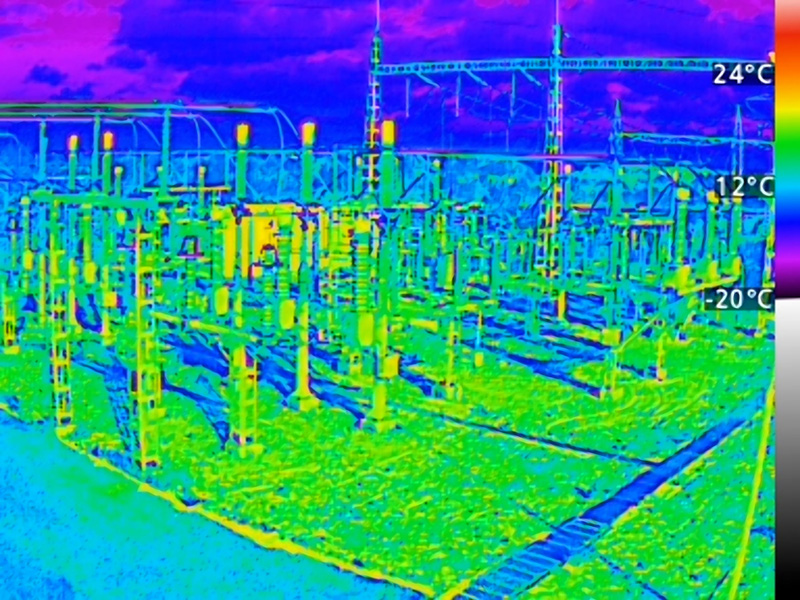
AI and smart technology in solar farm security
Advancements in AI and smart technology have transformed surveillance from a tool for perimeter security into a sophisticated system that enhances operational efficiency, automates access control, and provides predictive maintenance insights. Beyond monitoring, these technologies play a crucial role in streamlining operations and improving overall facility management. By integrating AI-driven surveillance, energy operators can automate various functions, such as managing vehicle access through license plate recognition, classifying visitors as authorized personnel or intruders, and enhancing operational efficiency through predictive maintenance and energy forecasting.
With automation, operators can significantly enhance perimeter security. Rather than just monitoring the facility, AI can be leveraged to detect activity, such as when an unauthorized person or vehicle enters the perimeter. Further, when certain conditions are met, the system can be programmed to trigger alarms and alerts for security personnel or rescue operations. In instances where access control is necessary, AI can assist as well. When integrated with access control systems, AI can safely and independently facilitate entrances and exits in an area.
Through machine learning and AI, surveillance cameras can analyze human and vehicle behaviour patterns. By recognizing these patterns, the cameras can detect and identify activities such as tampering, loitering, trespassing, and other suspicious behaviours. While this heightened sensitivity may increase the likelihood of false alarms, modern and reputable surveillance systems are equipped to discern environmental sounds and movements, such as animal activity or rustling branches. This capability enhances the accuracy and reliability of security notifications.
AI is also helpful in monitoring infrastructure and equipment health. AI-enabled cameras can recognize equipment tampering, such as in panels, transformers, or other critical infrastructure. They can also detect obstructions, such as view-blocking debris, overgrown vegetation, and other potential barriers that hinder visibility. Moreover, through IoT sensors, these cameras can also sense smoke, indicating fires, overheating, or explosions. Such alerts enable security personnel to be promptly summoned for inspection and intervention.
With automated surveillance systems, city planners and operators can anticipate benefits beyond basic security functions. They can expect reduced budgetary impacts due to decreased reliance on on-site security personnel and manual patrols. Additionally, these systems provide situational awareness and enhance the ability to respond to emergencies faster and more accurately, resulting in quicker response times and minimizing adverse effects.
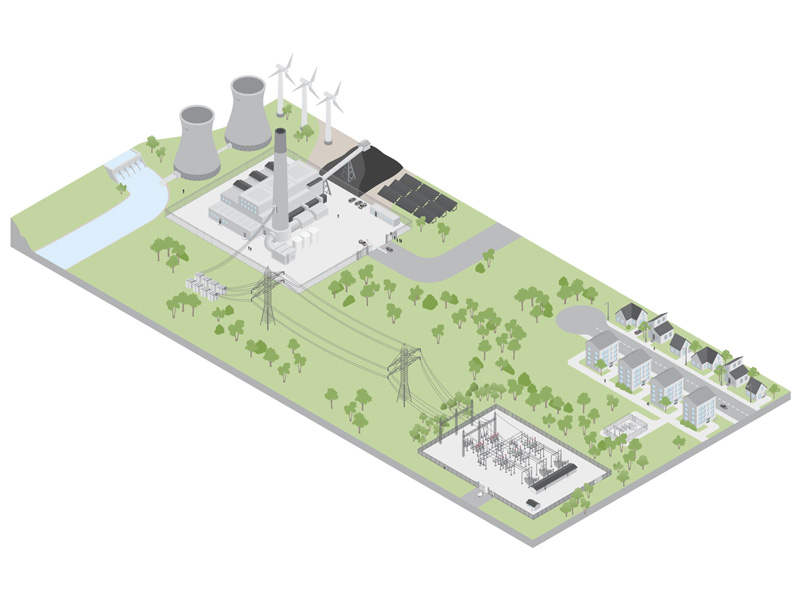
Building a secure and sustainable energy network
A well-planned surveillance system will deliver the best results. In designing this, city planners need to carefully consider the size, needs, and priorities of the solar farm to select the surveillance devices that will deliver the best outcomes efficiently. By integrating a combination of various types of cameras, AI, and other control systems, solar farms can be effectively kept safe and secure.
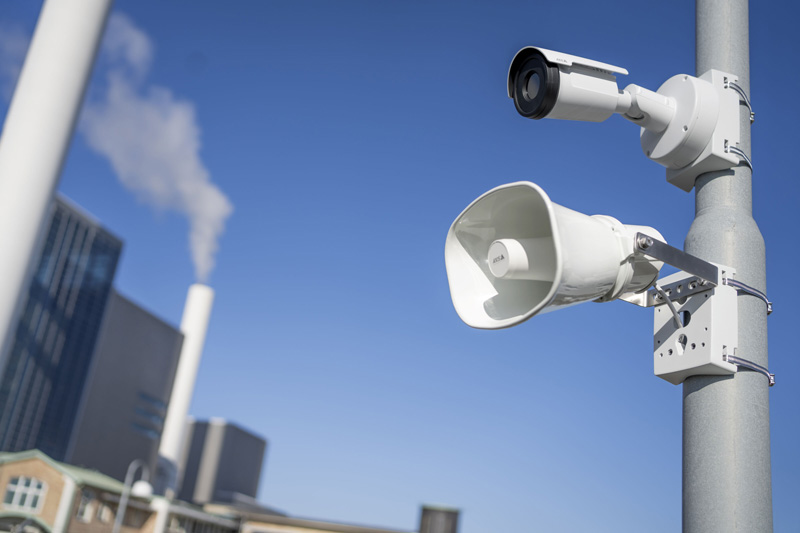
Access monitoring and control
A well-protected solar farm employs a comprehensive surveillance system incorporating various cameras and automated capabilities. Thermal cameras and radar perimeter protection systems may be installed to secure the perimeter. These radar systems enhance thermal cameras by detecting and classifying humans and vehicles near restricted areas, allowing for early intervention before a potential breach occurs.
Access control systems are also implemented to log human and vehicle visitors to the facility. Cameras placed by entrances and exits maintain visual records of visitor movement, while access barriers, such as biometrics or ID scanners, capture additional details. This integration allows for the reconciliation of visual and other records. Similarly, for vehicles, license plates can be logged and cross-checked, and access can be granted or denied with the help of AI.
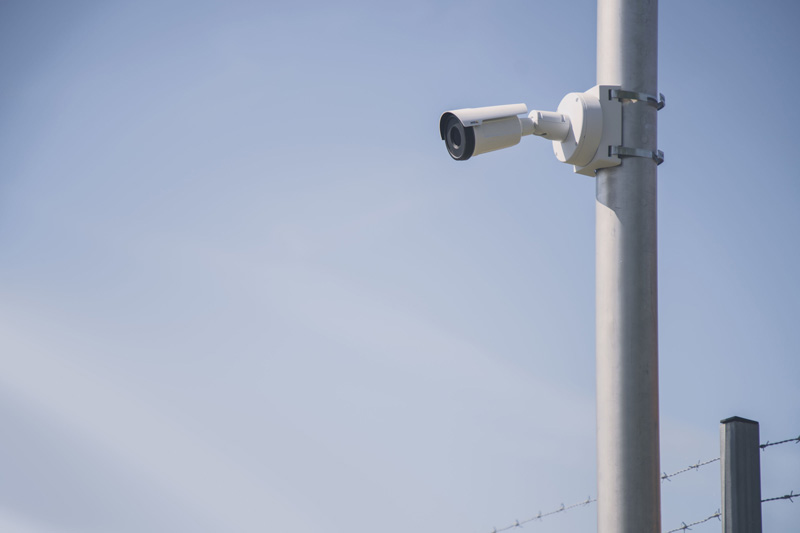
Complete situational awareness and specific monitoring
To achieve complete situational awareness within the facility, various types of cameras can be installed based on factors such as size, lighting conditions, and surveillance needs. Box cameras are ideal for entrances and exits due to their conspicuous nature, which can deter potential intruders. Pan-tilt-zoom (PTZ) cameras provide extensive coverage and detailed imagery from a single unit, making them particularly valuable for wide-area monitoring. Meanwhile, as previously discussed, thermal and thermometric cameras enhance security with their quick and sensitive detection capabilities and long-distance coverage.
Certain areas of a solar farm require more stringent surveillance measures. These include high-value targets such as substations and inverters, operations and maintenance buildings that store sensitive facility data, and battery banks, which are essential for energy storage during peak demand. Depending on the size and environmental conditions, a combination of different camera types can be deployed in these critical areas to ensure robust monitoring.
Promoting facility and personnel health
With the assistance of thermal and thermometric cameras and AI, surveillance systems can also effectively monitor the health of equipment within the solar farm. Equipment such as cooling fans and heat exchangers, cabling and junction boxes, and transformers are susceptible to overheating because of the high electrical loads they manage. Thermal and thermometric cameras are instrumental in monitoring these components, detecting overheating cables, identifying temperature anomalies, and sensing leaks.
It is imperative for personnel to be protected and well-supported to facilitate the repair of any detected defects and conduct routine maintenance checks. Surveillance systems can support workplace safety compliance by using their control systems to verify personal protective equipment (PPE) use prior to granting access. Additionally, body-worn cameras can enable remote training and assistance for on-site personnel, further supporting their safety and effectiveness.
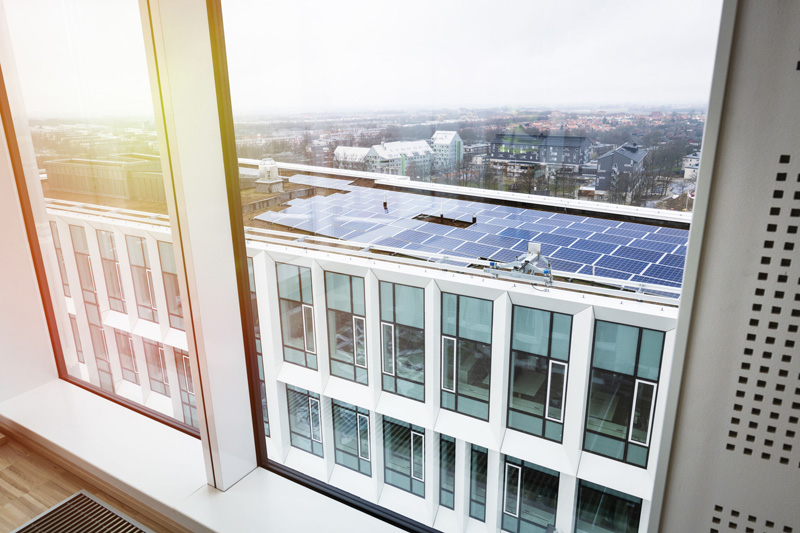
Strengthening urban energy security
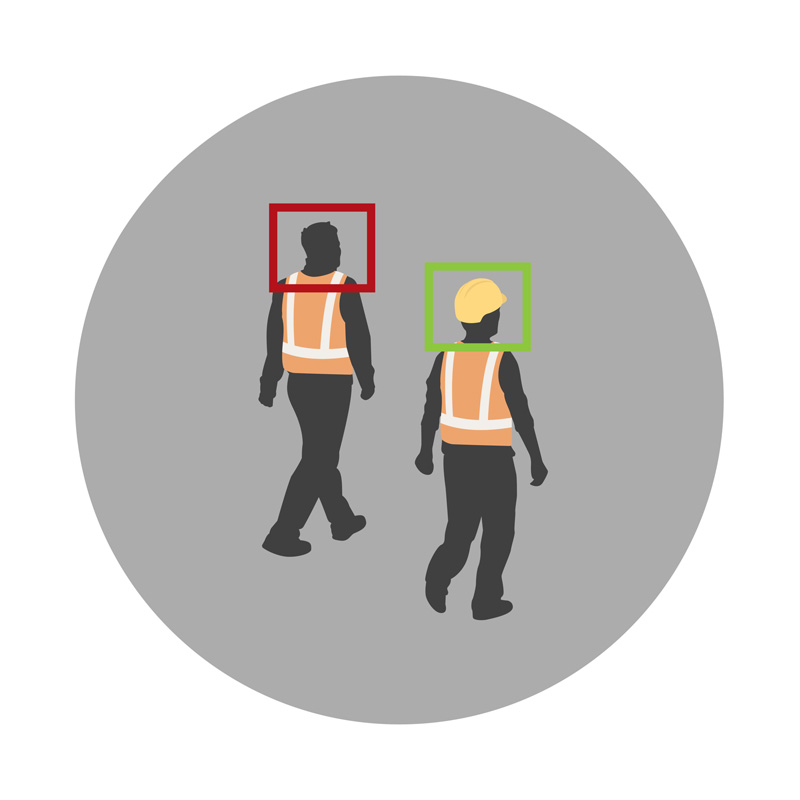
As sustainability and environmental consciousness become top priorities for citizens, solar farms emerge as a feasible solution for balancing the demands of urban power generation with the need to protect natural ecosystems. These facilities, characterized by unique features that make them suitable for urban settings, require city planners to evaluate appropriate surveillance strategies carefully. Modern surveillance systems, enhanced with AI and smart technologies, go beyond basic monitoring. However, there is no one-size-fits-all approach—planners must assess their specific needs to determine which devices and systems provide the best outcomes. When implemented effectively, surveillance solutions can deliver comprehensive monitoring, optimize access control, enhance situational awareness, and support the health and safety of both facilities and personnel.
Author
Sophie Laplante is the business development manager, public safety, Canada at Axis Communications, Inc. Her causes are civil rights and social action, education, the environment and health, and science and technology. Laplante is ASIS Quebec Chapter, board of directors’ member, and Women in Security (WIS) committee director.








